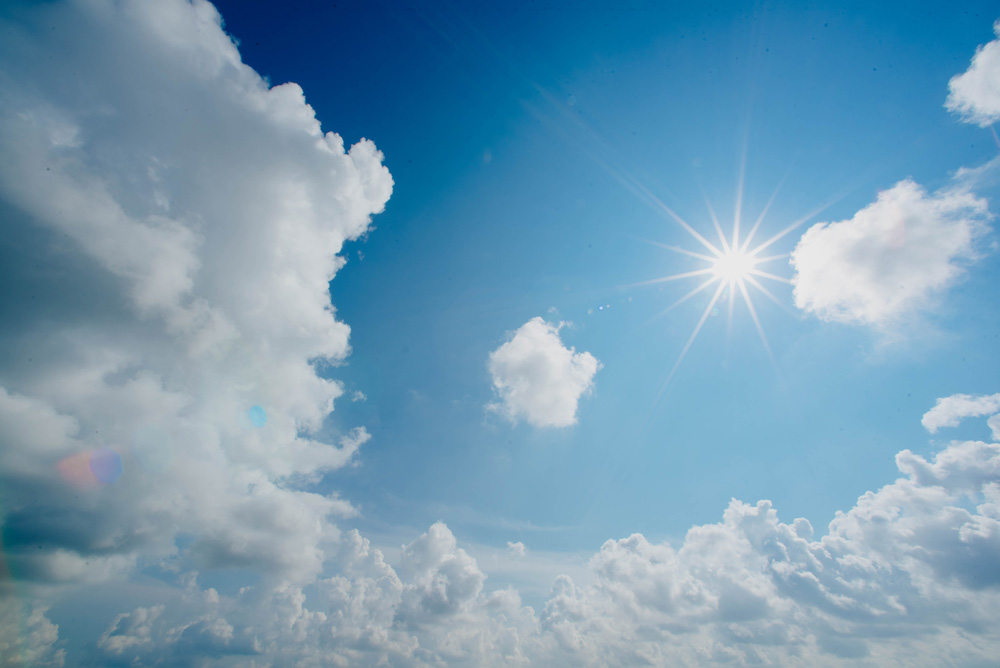Working in Extreme Heat

Added 6 years ago
Working in Extreme Heat
With the Southwestern Ontario climate, our dog days of summer are upon us. Extreme heat events involve days of high heat and sometimes high humidity. Although the levels of temperature may vary, unusually high heat temperatures can have negative impacts on your health. Weather plays a large role in how your body regulates its temperature; on windy days, the breeze allows your body's sweat to evaporate faster to help keep you cool. High humidity however slows this process which contributes to increased body temperatures.
Heat illnesses can affect you quickly, and can lead to long-term health problems and even death. They are mainly caused by being over-exposed to extreme heat especially if you are doing too much for your age and physical condition. Heat illnesses include:
heat edema (swelling of hands, feet, and ankles)
heat rash
heat cramps (muscle cramps)
heat fainting
heat exhaustion
heat stroke
Safety tips
Heat illnesses are preventable. During extreme heat, the most important thing is to keep cool and hydrated.
Follow these four steps to protect yourself in very hot weather:
Step 1 - Prepare for the heat
Tune in regularly to local weather forecasts and alerts so you know when to take extra care.
Find ways to keep cool before the hot weather starts. Make sure your job site has a shaded section or bring an umbrella. If you have a fan they can help as long as the humidity isn't high. Find an air-conditioned spot close by where you can cool off for a few hours on very hot days. This will help you cope with the heat.
Have cool drinks in your vehicle and stay hydrated throughout the day
Step 2 - Pay close attention to how you - and those around you - feel
Watch for symptoms of heat illness, which include:
dizziness or fainting
nausea or vomiting
headache
rapid breathing and heartbeat
extreme thirst (dry mouth or sticky saliva)
decreased urination with unusually dark yellow urine
changes of behaviour in children (like sleepiness or temper tantrums)
If you have any of these symptoms during extreme heat, move to a cool place and drink liquids right away. Water is best.
While waiting for help - cool the person right away by:
moving them to a cool place, if you can
applying cold water to large areas of their skin or clothing
fanning the person as much as possible
Step 3 - Stay hydrated
Drink plenty of cool liquids (especially water) before you feel thirsty to decrease your risk of dehydration (not having enough fluids in your body). Thirst is not a good indicator of dehydration.
Remind yourself to drink water by leaving a glass by the sink.
Flavouring water with natural fruit juice may make it more appealing.
Eat more fruits and vegetables as they have a high water content.
If you eat less, you may need to drink more water.
Drink water before, during and after physical activity.
Step 4 - Stay cool
Dress for the weather
Wear loose-fitting, light-coloured clothing and a wide-brimmed hat made of breathable fabric.
When you buy sunglasses, make sure they provide protection against both UVA and UVB rays.
Take a break from the heat
If you must do physical activity in extreme heat, take extra breaks, remove gear to let your body cool off and drink lots of water. Don't expect your usual performance in hot weather. Give your body time to recover after being in the heat.
Thanks for reading. If you would like to learn more please use the contact information below.
Rauth Roofing Limited
7830 McHugh St.
Windsor, Ontario
N8S 2B8
P - 519-945-6301
F - 519-945-6311





